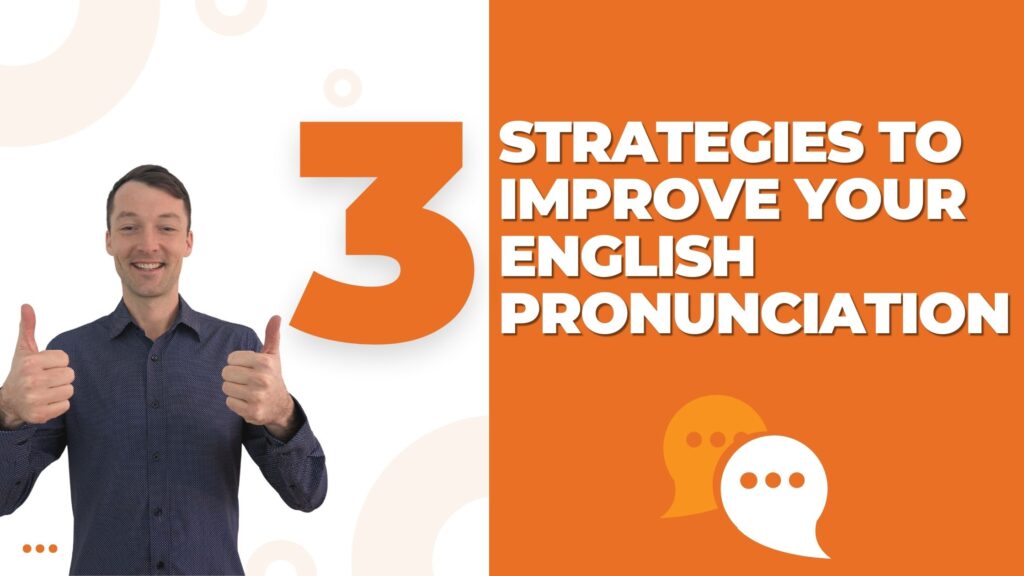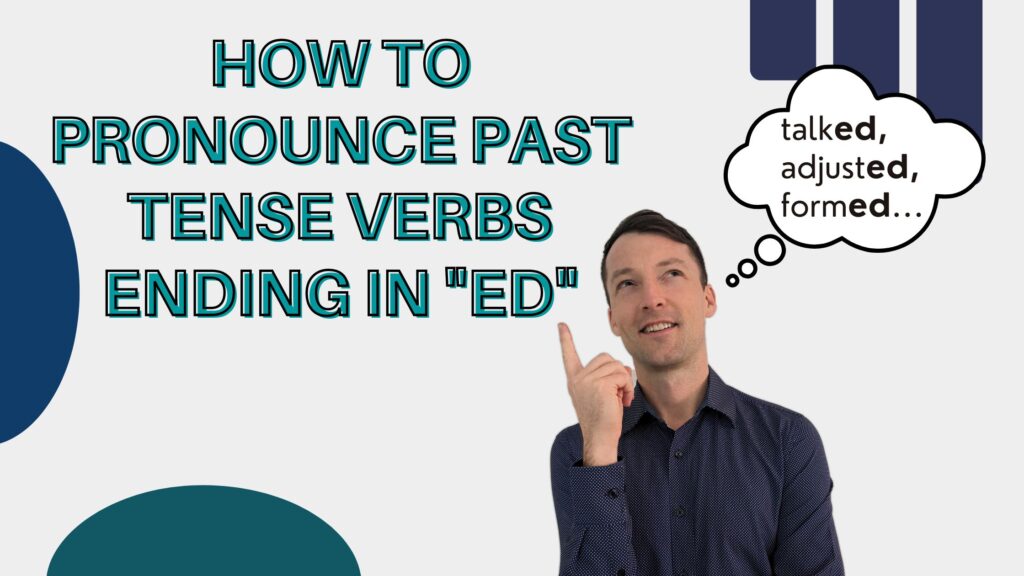English speakers connect their sounds by linking words. This makes their spoken English different from their written English. For example, read the sentence, “Do you want a cup of coffee?” Every word is separate and clear. Your American friend may say, however, “D’ya wanna cuppa coffee?” This may confuse you.
Today I talk about three common patterns of linking words in spoken English: consonant-to-vowel (CTV), consonant-to-consonant (CTC), and vowel to vowel (VTV). In addition, I talk about some common, informal contractions in spoken English. At the end there will be a sheet to download to give you additional practice linking words and using informal contractions. There are links to click on along the way so you can hear the correct pronunciations.
Here is the free English lesson I taught on YouTube:
Subscribe to our YouTube Channel to see all of our lessons and get the latest videos right away!
Linking words, consonant-to-vowel (CTV)
The CTV patterns is the most common pattern for linking words in spoken English. We use this pattern when the first word we say ends with a consonant sound and the next word begins with a vowel. Remember that the vowels are the letters a,e,i,o, u, and sometimes y. All other letters and consonants. When we use the CTV pattern to link words, we don’t pronounce each word separately. Instead, we take the ending consonant sound from the first word and put it in from of the beginning vowel sound of the second word. Here are some examples:
Linking words consonant-to-consonant (CTC)
The CTC pattern is another way of linking words in spoke English. We use this pattern when the first word word ends with a consonant sound and the next word begins with the same consonant, or one that has a very similar sound. When this happens, it is difficult to pronounce both consonant sound together. Because of that, we drop one of the consonant sounds and pronounce only one of them. Here are some examples:
move forward—mooforward Here the v sound in move is very similar to the f sound in forward.
iced tea—ice tea Here the d sound in iced is very similar to the t sound in tea.
Linking words, vowel-to-vowel (VTV)
The VTV pattern is the final common way of linking words in spoken English. We use this pattern when first word ends with a vowel sound and the second word begins with one. When this happens, we add either a y or w sound between the two words. Here are some examples:
Adding the y sound in linking words
When linking words with the VTV pattern add a very light y sound between the two words when the first word ends with any of the following sounds and the second word begins with any vowel.
The long i as in hide
The ee sound as in seed
The ay sound as in day
The oy sound as in oy
Here are some examples:
Adding the w sound in linking words
When inking words using the VTV pattern, add a light w sound between the two words if the first word ends with any of the following sounds and the second word begins with any vowel.
The oo sound as in school.
The oa sound as in soap
The ow sound as in how
Here are some examples:
Linking words with informal contractions.
A final way of linking words in spoken English is with informal contractions. These are words where the sounds have been run together to make new words. Almost everybody uses them, even though they aren’t real words. You can feel free to use then in speaking with almost anyone. Do not use them in writing however, unless you are sending an e-mail or a text to a close friend or family member. Below are a list of common informal contractions, their meanings, and example sentences.
I’m gonna go to a movie tonight.
2. wanna— (1) want to, or (2) want a
Do you wanna meet me for lunch?
Do you wanna hamburger or a hot dog?
I gotta do my laundry today.
4. kinda , sorta
–kind of or sort of–a little bit
It’s kinda cold today.
It was sorta hot yesterday.
Lemme borrow five dollars, please.
Please gimme a hamburger with fries and a coke.
Whatcha doing today?
8. betcha–bet you, meaning I’m really sure about this
I betcha it’ll rain today.
Here are some additional ways of pronouncing the words you and of. In informal English, we often pronounce you as ya
Do ya like action movies? or D’ya like action movies?
I’ll see you in a couple uh minutes.
You now know the most important rules for linking words in spoken English. You also know the most common patterns English speakers use. When you learn them so they they become automatic, you will be less confused trying to understand native speakers, and your English will sound much closer to native. The download will give you additional practice reading sentences with liked sounds and rewriting them in standard English.
Idioms of the day:
- day in and day out–every day. Ricardo works hard day in and day out. He never misses a day, and he always stays till the job is done.
- pass the buck–to blame someone else for your mistakes. My co-worker makes a lot of mistake, but he never takes responsibility for them. Instead, he passes the buck and blames me.





Is there a way to spell “couple of” as we all use it in everyday speech. Thanks.
Nowhere on the internet can I find the correct way to write “couple of” as it occurs in everyday English – is it “couplea,” “coupleuh,” “couple-uh” or something else – hope you can help me. Thanks.
Pingback: Prepositions--Using At, In, and On for Both Time and Location
Pingback: The Definite and Indefinite Article in English--How to Use Them